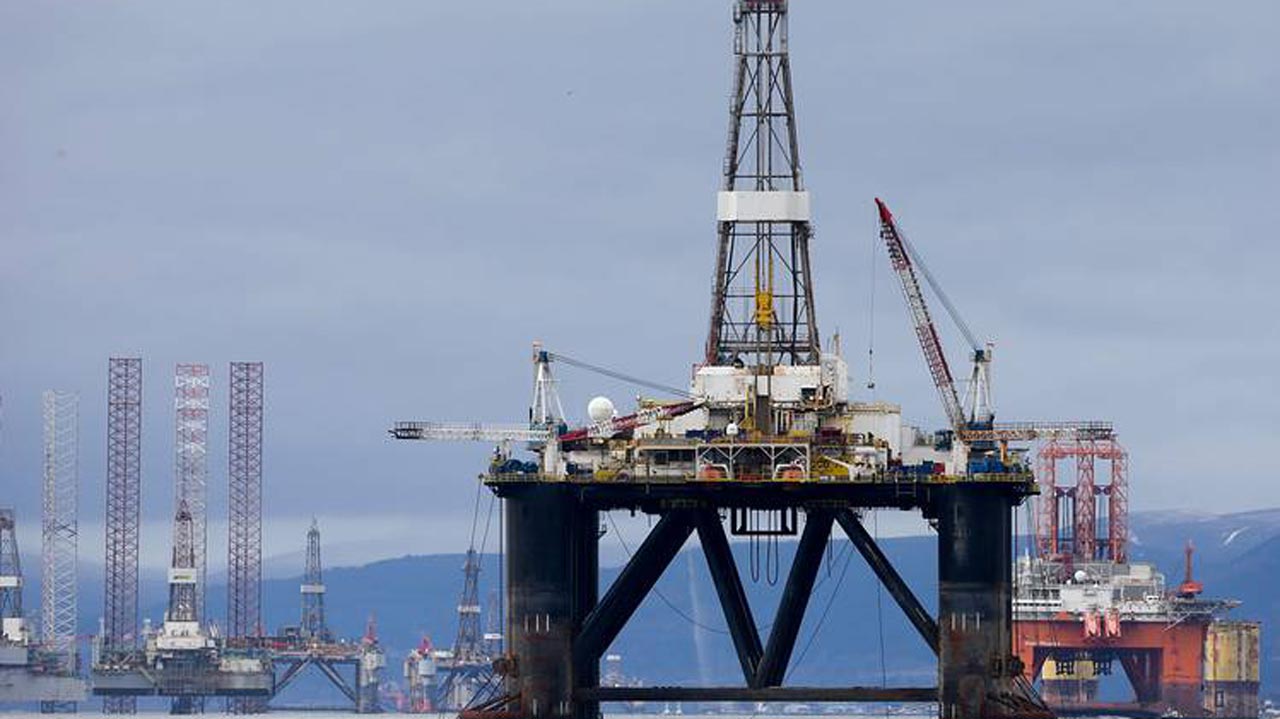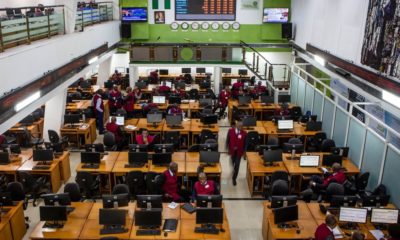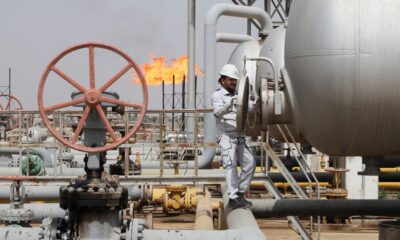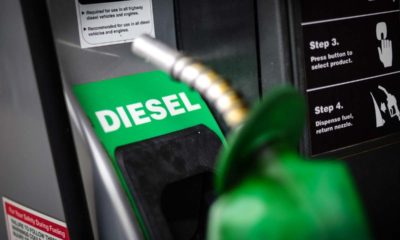- Fitch: Crude Oil Prices to Average $52.50/b this Year
Fitch Ratings has forecast that crude oil prices would average $52.50 per barrel this year, representing an increase of $7.4 per barrel over $45.1 per barrel of 2016. As Fitch’s estimation was simmering in the market, oil prices rose to a one-month high on the missile attacks on Syria by the United States.
Fitch, which revealed its projection in a report on 14 major oil exporting countries in the Emerging Europe, the Middle East, Africa (EEMEA)(Nigeria inclusive) also stated that Nigeria needed an oil price of $139 per barrel to balance its budget.
Fitch, one of the world’s leading rating agencies, posited that the crude oil price forecast for this year was still below fiscal break-even levels under Fitch’s forecasts for 11 of 14 major Fitch-rated EEMEA oil-exporting sovereigns. Fiscal break-even level is the oil price at which the government’s fiscal balance would be zero.
Most major oil exporting countries in EEMEA still faced pressure from low oil prices nearly three years after the oil price shock hit, Fitch said, however, pointing out that, “Oil prices have started to recover, but remain below levels that would balance government budgets in a majority of large EEMEA exporters.”
The rating agency also pointed out that, only Kuwait had a 2017 fiscal break-even price appreciably below its forecast oil price. According to the report, “Fiscal break-even prices fell for most of these sovereigns last year, as national authorities responded with measures such as spending cuts, subsidy reforms, increasing production, and in some cases currency devaluation. However, these adjustments lagged the oil price fall. For three EEMEA sovereigns – Nigeria, Angola and Gabon – our forecast fiscal break-evens for 2017 are substantially higher than 2015, in part due to rising government spending.”
The Fitch’s forecast 2017 break-even oil prices, per barrel are “Nigeria at $139; Bahrain at $84; Angola at $82; Oman at $75; Saudi Arabia at $74; Russia at $72; Kazakhstan at $71; Gabon at $66; Azerbaijan at $66; Iraq at $61; Abu Dhabi, United Arab Emirates, at $60, and Republic of Congo at $52.”
Besides, Fitch Ratings stated that , another measure of exposure to low oil prices was the ratio of Sovereign Net Foreign Assets (SNFA) to GDP, which showed that the resources available to compensate for lost hydrocarbon revenue, finance deficits and smooth economic adjustment.
SNFA , it disclosed, declined by $200 billion for the 14 EEMEA exporters in aggregate, with Saudi Arabia accounting for more than half of this. But SNFA/GDP has spiked in Abu Dhabi, Qatar and Kuwait due to a contraction in nominal GDP.
“Our sovereign ratings assessment incorporates the policy framework and quality and timeliness of the authorities’ policy responses. Russia’s coherent and credible policy response resulted in the revision of its Outlook to Stable in October 2016, marking the first positive rating action for any major Fitch-rated oil-exporter since the 2014 price shock.
“It is not always clear whether exporters will maintain policy responses. Fiscal adjustment has generally slowed as oil prices have risen, and some of the improvement in break-even oil prices in Gulf Co-operation Council exposures resulted automatically from lower power generation costs and falling fuel and utility subsidy bills. This will be partly reversed as oil prices recover, to the extent that prices have not been fully liberalised or brought above cost recovery levels,” Fitch stated in the report.
Meanwhile, the prospect of an uptick in tensions in the Middle East buoyed oil prices, with both Brent and West Texas Intermediate crude surging more than 1.2 per cent on Friday, according to Bloomberg.
Bloomberg reported that the US missile attacks on Syria triggered an instant reaction across everything from stocks to commodities and currencies.
Also, according to Reuters, oil, gold, foreign exchange and bonds initially reacted strongly to the attack but reversed some of the sharp moves later in the session after the release of weaker than expected monthly U.S. employment figures.
Brent crude futures were up 15 cents at $55.04 a barrel at 1336 GMT after reaching an intraday peak of $56.08, the highest since March 7, shortly after the U.S. missile strike was announced.
U.S. West Texas Intermediate (WTI) crude futures were up 22 cents at $51.92 a barrel, having reached an intraday high of $52.94.
“Oil markets are back in bullish mode after the setback of the previous weeks. This news flow seems to bring geopolitical risks back on the radar,” said Frank Klumpp, oil analyst at Landesbank Baden-Wuerttemberg, based in Stuttgart, Germany.
Although Syria has limited oil production, its location and alliances with big oil producers in the region mean any escalation of the conflict has the potential to increase supply-side fears.
Oil pared some of the gains later in the session as concerns about an escalation faded and U.S. economic data weighed on global markets, according to Reuters.
Other analysts Reuters spoke with, said the conflict in Syria had no bearing on oil fundamentals and the political risk premium could fall as quickly as it had appeared.
“This might just be a speculative move higher because there’s nothing fundamental that’s supporting this rise,” said Hamza Khan, head of commodities strategy at ING.
Nevertheless, oil futures had been on the rise in previous sessions on signs of higher U.S. demand and lower product inventories.


 Forex2 weeks ago
Forex2 weeks ago


 Naira2 weeks ago
Naira2 weeks ago
 Billionaire Watch1 week ago
Billionaire Watch1 week ago




 Naira2 weeks ago
Naira2 weeks ago




 Naira1 week ago
Naira1 week ago




 Naira4 weeks ago
Naira4 weeks ago
 Nigerian Exchange Limited4 weeks ago
Nigerian Exchange Limited4 weeks ago


 Naira3 days ago
Naira3 days ago















